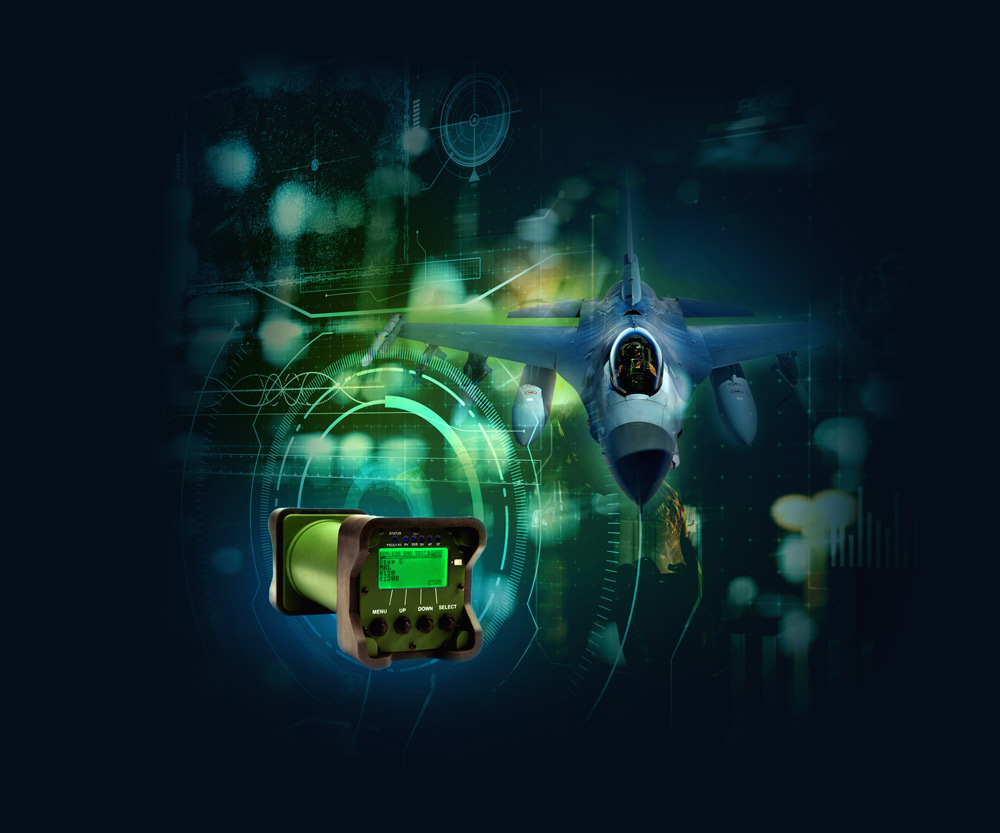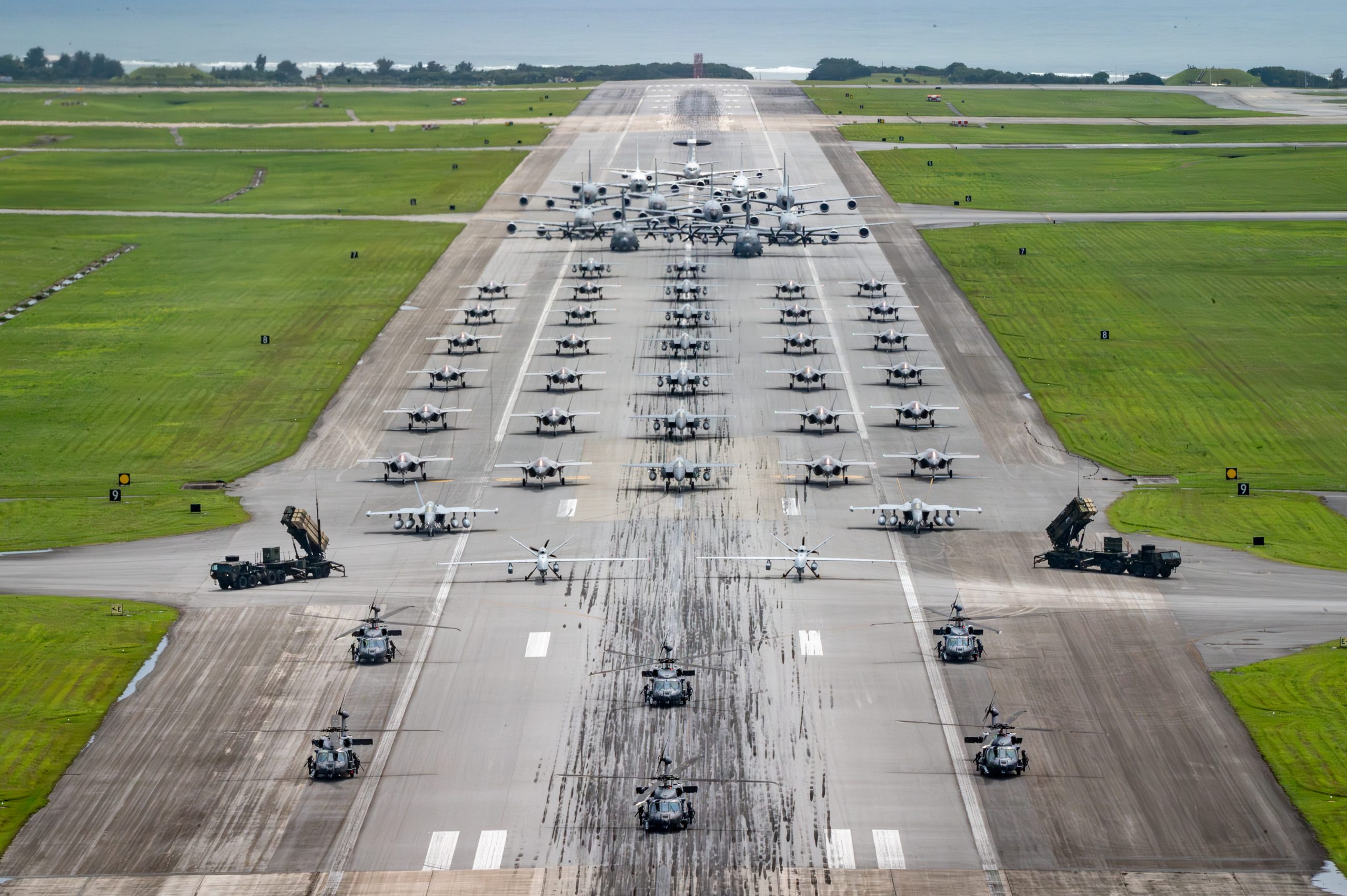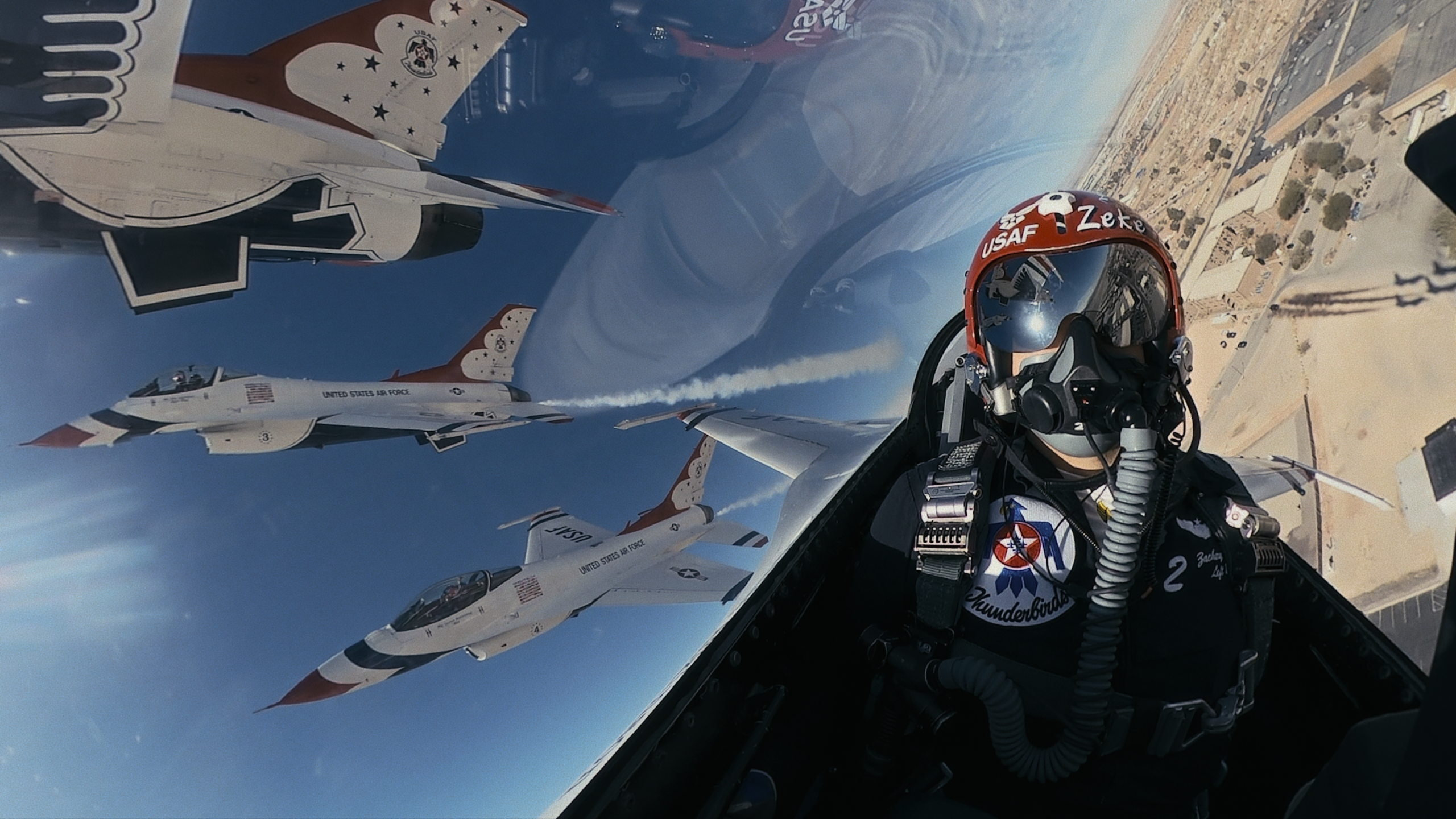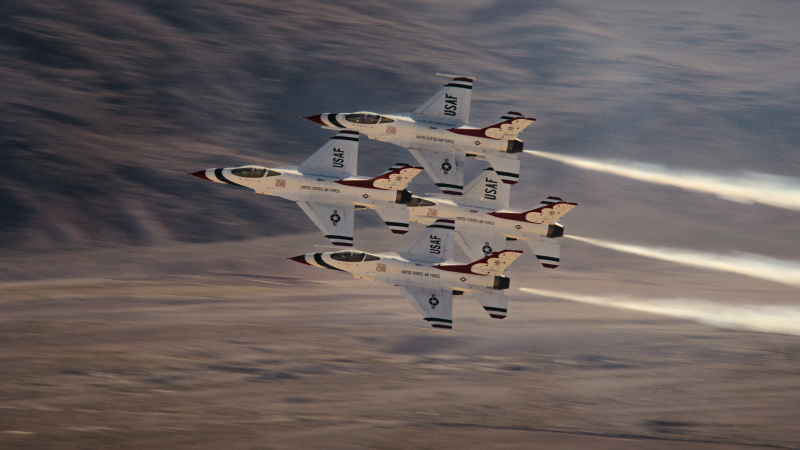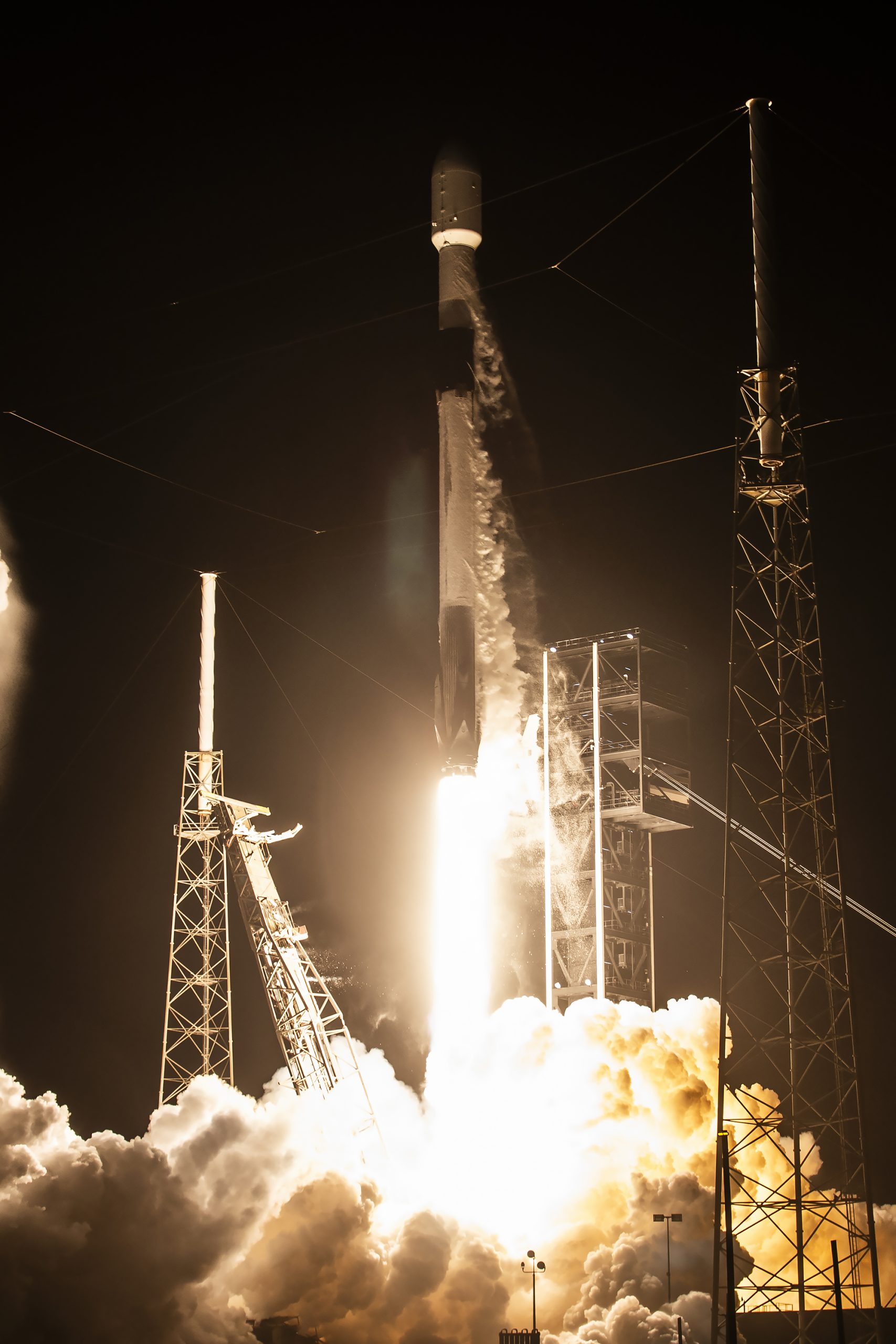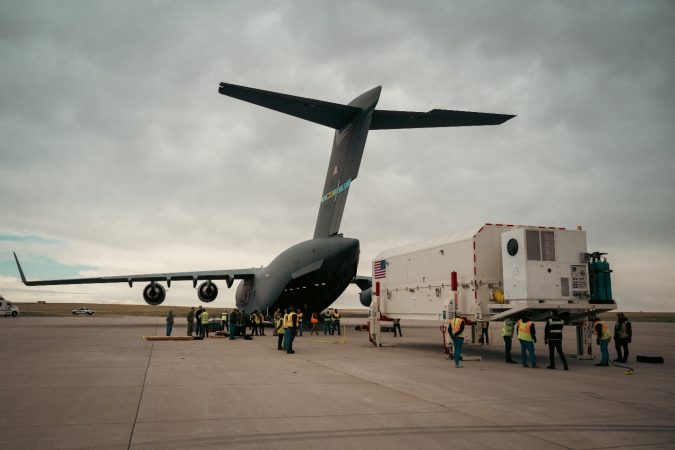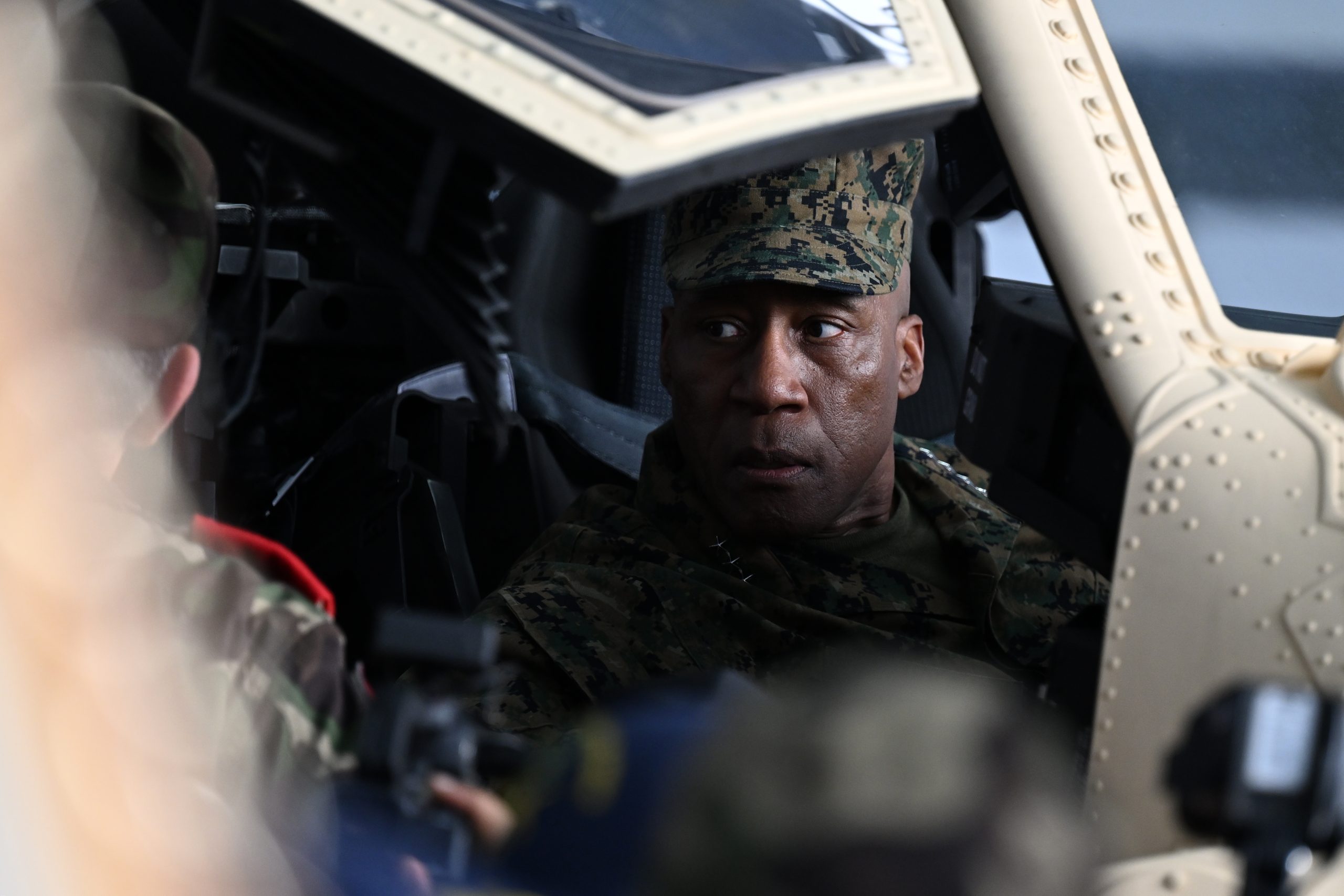Defense Secretary Pete Hegseth will head to Capitol Hill this month to make the case for the Trump administration’s proposed defense budget, a Pentagon spokesperson said June 2.
Hegseth will appear before the House Armed Services Committee on June 12, followed by its Senate counterpart on June 17, the spokesperson confirmed in an email.
A HASC spokesperson said the hearing will take place during the “week of June 12,” a Thursday, but declined to specify which day the hearing will be scheduled. A Senate Armed Services Committee spokesperson did not respond to a request for comment. The committees have not yet listed the upcoming hearings online.
The Trump administration is seeking a first-ever $1 trillion defense budget for 2026 via a partisan tax-and-spending package now under consideration in the Senate, as well as through the annual appropriations process. That ask is split between an $893 billion base budget and almost $150 billion earmarked for defense programs in the GOP spending bill, which Republicans aim to pass without needing Democratic votes.
The White House has released few details about how the U.S. defense community would spend the sum. Next year’s Pentagon funding is expected to prioritize homeland defense—including “Golden Dome,” President Donald Trump’s pet missile-defense project, and sending military assets to secure the U.S.-Mexico border—as well as counter Chinese dominance in the Pacific and bolster the U.S. defense industrial base. It would also offer troops a 3.8 percent pay raise. The White House plans to provide more details on its draft budget this month.
The massive request may face headwinds from within President Donald Trump’s own party. Mississippi Republican Sen. Roger Wicker, who chairs the Senate Armed Services Committee, has argued the administration should grow the base budget rather than padding it through a reconciliation bill.
When accounting for inflation, an $893 billion budget is a cut that would “decrease President Trump’s military options,” Wicker said in a May 2 statement.
The hearings mark the first time Hegseth will publicly face lawmakers since his Senate confirmation hearing in January. The former Fox News anchor has come under scrutiny for using the unsecured, encrypted messaging app Signal rather than classified channels to discuss bombing campaigns and other military affairs. He may also field questions about the Trump administration’s cuts to civilian staff across the federal government and efforts to expel transgender troops from the military, among other controversial moves.


